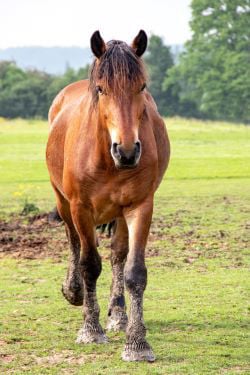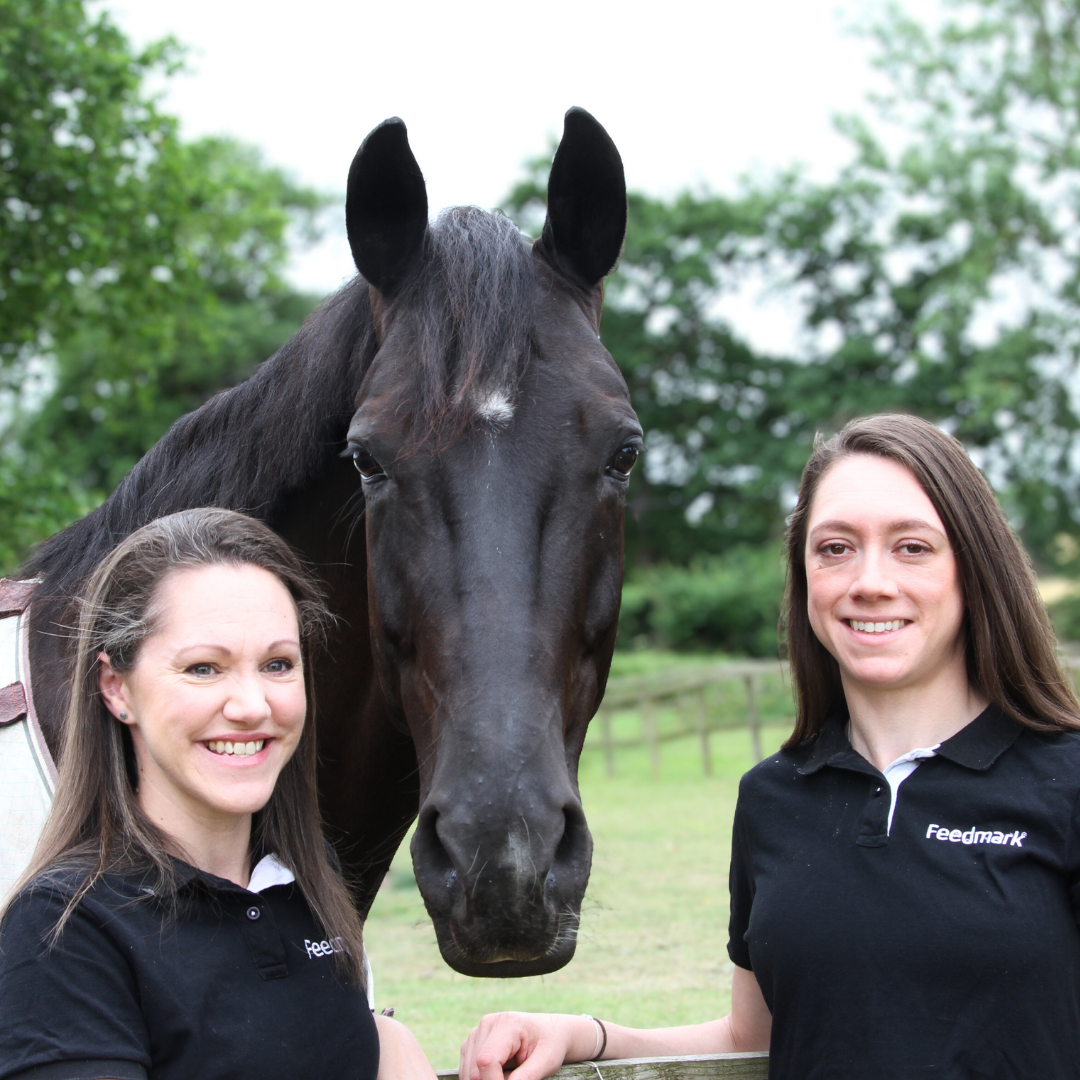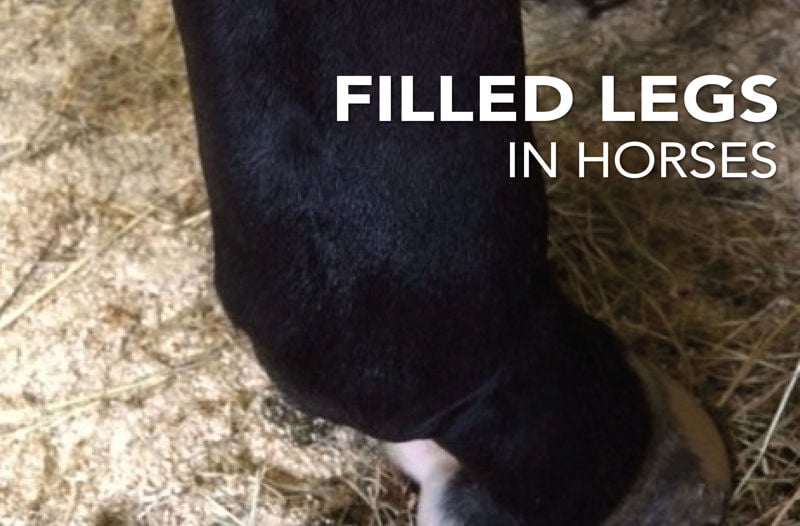Filled legs are a common ailment that is regularly seen among horses as we enter the winter months. Whilst this is a common occurrence, how worried do you need to be and what can you do to help reduce filled legs?
Filled legs is a description of the symptoms seen when fluid accumulates in the horse’s legs giving a swollen appearance. It is more frequently seen in the hindlegs and is the result of poor circulation when the horse is standing still. As management regimes change going into autumn in preparation for winter, many horses will spend extended periods of time in the stable or with less access to roam.

Horse's spend more time stabled at this time of year, increasing the occurance of filled legs.
What causes filled legs in horses?
The horse relies on movement to aid circulation in the legs as this is where they have relatively poor circulation. Filled legs are a type of oedema where an abnormal accumulation of bodily fluid occurs. This fluid is called interstitial fluid and is the fluid that surrounds the cells within the body. Movement aids circulation through the action of the feet hitting the ground which 'pumps' blood and lymphatic fluid up from the limbs. When standing, this process is less efficient, and fluid begins to leak out of the blood vessels instead of returning to the lymph. This process is also aided by muscular contractions; however, horses also do not have muscles in the lower limbs so when standing still there is not enough pressure to return the fluid back to where it should be.
For most horses, gentle exercise will reduce the appearance of filled legs quickly and help to move excess fluid away from the limbs. However, it is important to be aware of other signs that may require veterinary attention.

Movement aids circulation through the action of the feet hitting the ground.
How can you tell if it's filled legs in your horse or something worse?
Horses with filled legs are likely to show some signs of stiffness which resolves after movement as this reduces the swelling. However, it is important to be aware of the signs of other causes of filled legs such as infections. Look out for small cuts, heat in the legs, lameness or a temperature as this could indicate that the problem is more than just filled legs and will require a visit from your vet. Filled legs can also be a sign of underlying health conditions such as heart problems so if other signs of illness are present get your horse checked by your vet.
Filled legs usually affect pairs of legs so if just one leg is swollen, this is likely to be due to other reasons. Horses with filled legs will allow you to push against the swelling without it causing pain or discomfort. Any signs of pain are usually due to infection being present.
How to reduce the likelihood of your horse getting filled legs:
-
Try to keep standing in to a minimum - turn out as much as possible, using a school or concrete pad if fields are not available.
- If your horse must be stabled for long periods, try to keep them moving by exercising - if they can’t be ridden walking in hand or using a horse walker is ideal to promote fluid dispersion.
- Bandaging the legs will help to reduce swelling.
- Feeding a balanced diet and certain herbs can also help to stimulate the lymphatic and circulatory systems.
Summary
Filled legs in horses are a common concern, especially during winter when stabling increases. This condition, caused by fluid accumulation due to poor circulation, can often be alleviated with movement, turnout, and proper management. While mild cases resolve with gentle exercise, persistent swelling, heat, or lameness may indicate infection or underlying health issues requiring veterinary attention.
To prevent filled legs in horses ensure regular exercise, minimise standing time, and consider supportive measures like circulation and lymphatic supporting herbs, equine joint supplements, and proper bandaging techniques. A balanced diet plays a crucial role in maintaining healthy circulation and reducing swelling.
If you would like any nutritional advice or have any questions please get in touch with our Registered Nutritionist by calling 0800 585 525, by emailing [email protected], using the live chat function on our website, or sending us a DM on social media.


